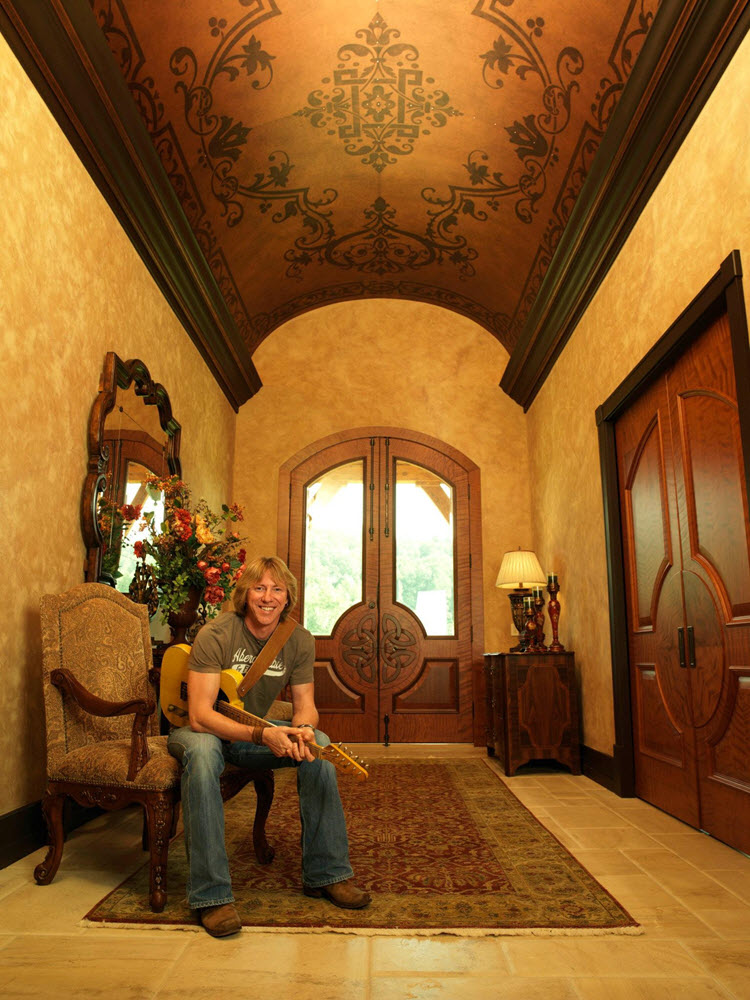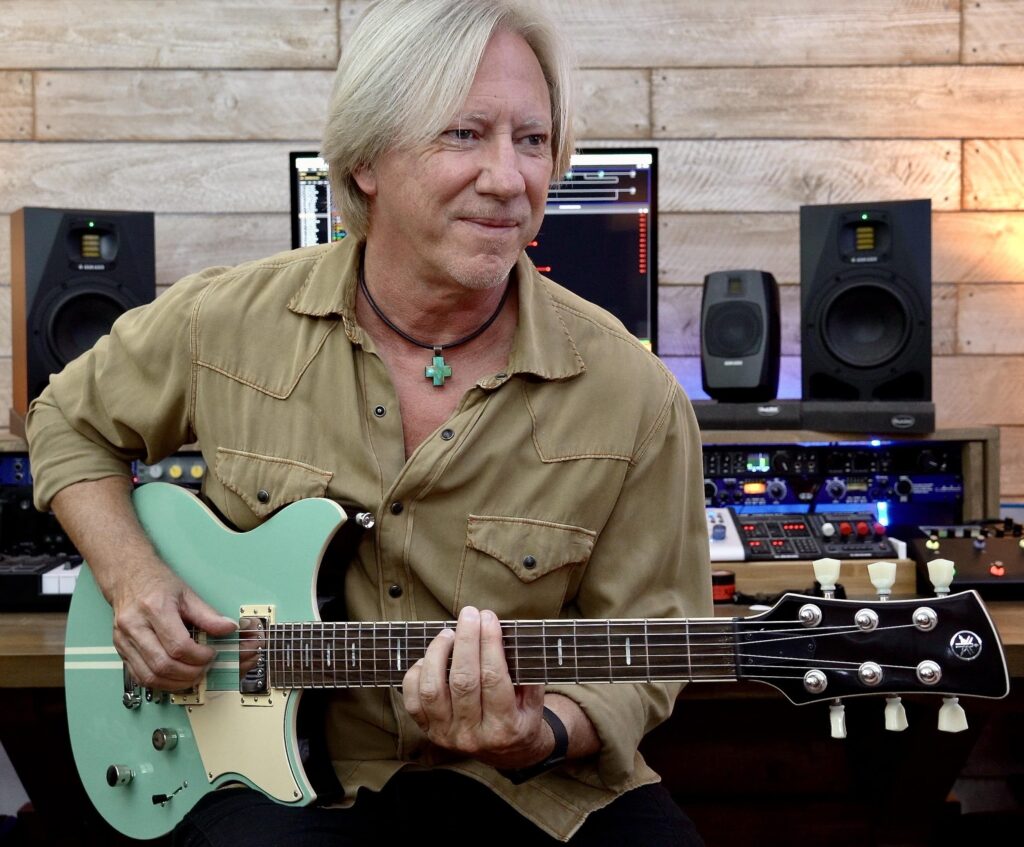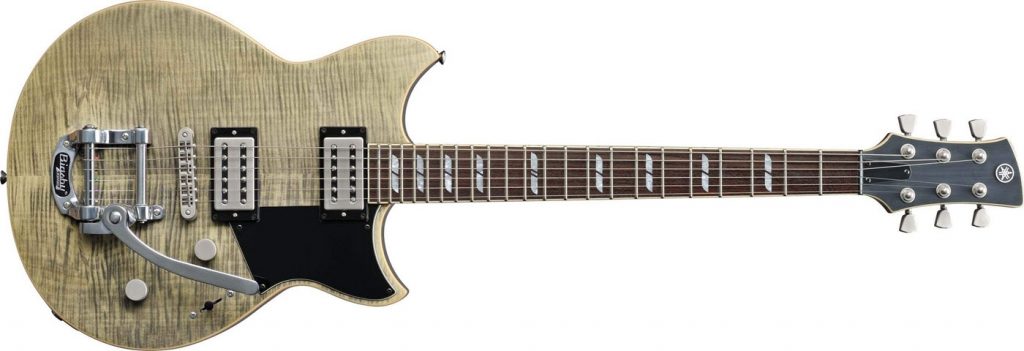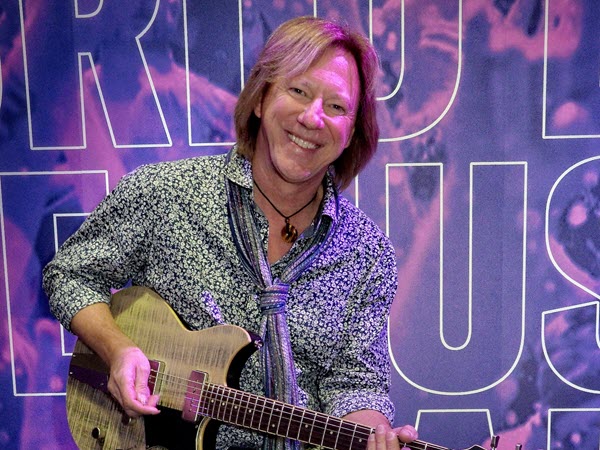Crafting Your Signature Guitar Sound
When you know who you are and what your vision is, you can go about achieving it.
Musicians are often gifted with additional creative talents such as fine art painting, photography and/or graphic design. We can use these skills to produce our own gig posters and to build websites and social media platforms — all of the essential marketing tools that we need to promote our music.

I’m trained as an interior designer and decorative painter and have always drawn, painted and designed my own marketing materials. I’ve learned how to publish my own websites and take compelling photographs, as well as how to use color to build brand recognition as an independent artist on my YouTube, Instagram and Facebook channels. Most importantly, these skills ensure that my career is not misrepresented by outside sources.
The instruments, amps and pedals we choose to create our music are all extensions of our brand too. Guitar shapes, styles and colors often suggest the genre of music we play, and while the amps and pedalboards we use for live performance sometimes vary from studio session rigs, the overall tones they produce should nonetheless support the sound of our brand. For that reason, I like to think of these elements as “sub-brands” of our global artistic vision.
I workshop with a lot of guitar players who are still searching for that elusive individualistic tone, and my advice to them is to understand who you are first. When you know who you are and what your vision is, you can go about achieving it. Choose instruments and gear that support your vision … and not by what it says on the headstock!
I’ve chosen to play Yamaha Revstar guitars through a Line 6 Helix® processor for my studio sessions, live gigs and workshop clinics, not because they “give me” my sound but because they support my tonal brand and are faithful conduits for my musical voice. The fact that they look and sound cool is an added bonus!

The “Cafe Racer”-inspired Revstar guitars sport hand-rubbed flame maple top finishes and brushed nickel hardware for a retro-modern appeal. Not only does this blend well with my image and style of music, I’m inspired by how the guitars feel and sound when I play them, making them the perfect conduit for my creativity.
So if the products we use, the clothes we wear and our social media marketing presence are all part of our universal brand, shouldn’t our guitar playing style, phrasing and tone represent the same trademark standards?
We all have the opportunity, as individuals, to forge our own musical brand … and only part of that comes from the use of particular guitars, amps and pedals. In my opinion, most of our tonal identity actually comes from within: our touch, note choices, chord voicings and rhythmic phrasing.
At my workshops, I discuss and demonstrate a series of conceptual ideas that I believe can help you develop your own personal musical brand, style and voice on the guitar. Here’s a video that will allow you to explore some of those ideas.
The Video
Let the Chords Do the Work
The chord progression in the backing track to this video is quite straightforward: D – Bm7 – G – D, with two measures (bars) on each chord. This creates an eight-measure progression that resolves nicely to the tonal center of D major (D Ionian).
Over these chords, I’m playing notes from the D major scale and, initially, I’m simply repeating the same melodic phrase. Despite the repetition, you’ll notice that the melody takes on a new flavor each time the chords change. I call this “letting the chords do the work.” Even though the melody notes are the same each time, their relationship to the underlying chord varies and thus produces a different musical emotion. This is a great way to construct a solo and create a memorable experience for your audience.
Motifs
Motifs are simple melodic phrases that are played repeatedly. In pop music these are often referred to as “hooks.” There are tons of them in this demo — musical ideas that I recap to produce familiarity for the listener. I often tell guitar players to stop throwing away their ideas when they improvise and try developing simple motifs that can be phrased and re-phrased.
Phrasing
Phrasing is the rhythmic delivery of your melodic message. You can successfully replay the same notes over and over again by changing their rhythmic aspect, or even by simply starting the phrase in a new location within the bar.
Check out the video again and focus on where I place phrases within each bar. On my opening line I start the phrase on the downbeat of 1; then, when I repeat the motif over the next two chords I start the phrase on the upbeat of 1. This is called melodic/rhythmic displacement, and it often has the added benefit of making your licks sound cooler too!
Keep listening and you’ll hear me dramatically change where I place the phrases each time as I move through this solo. I’m getting as much musical mileage out of my phrases as possible by letting the chords do the work and by manipulating the note values each time.
The Wrap-Up
These are just a few creative ways to develop your musical identity and craft your signature sound. Don’t rely on your gear to provide the marketing magic: Let your creative approach to performance be the key to standing out in the crowd.















